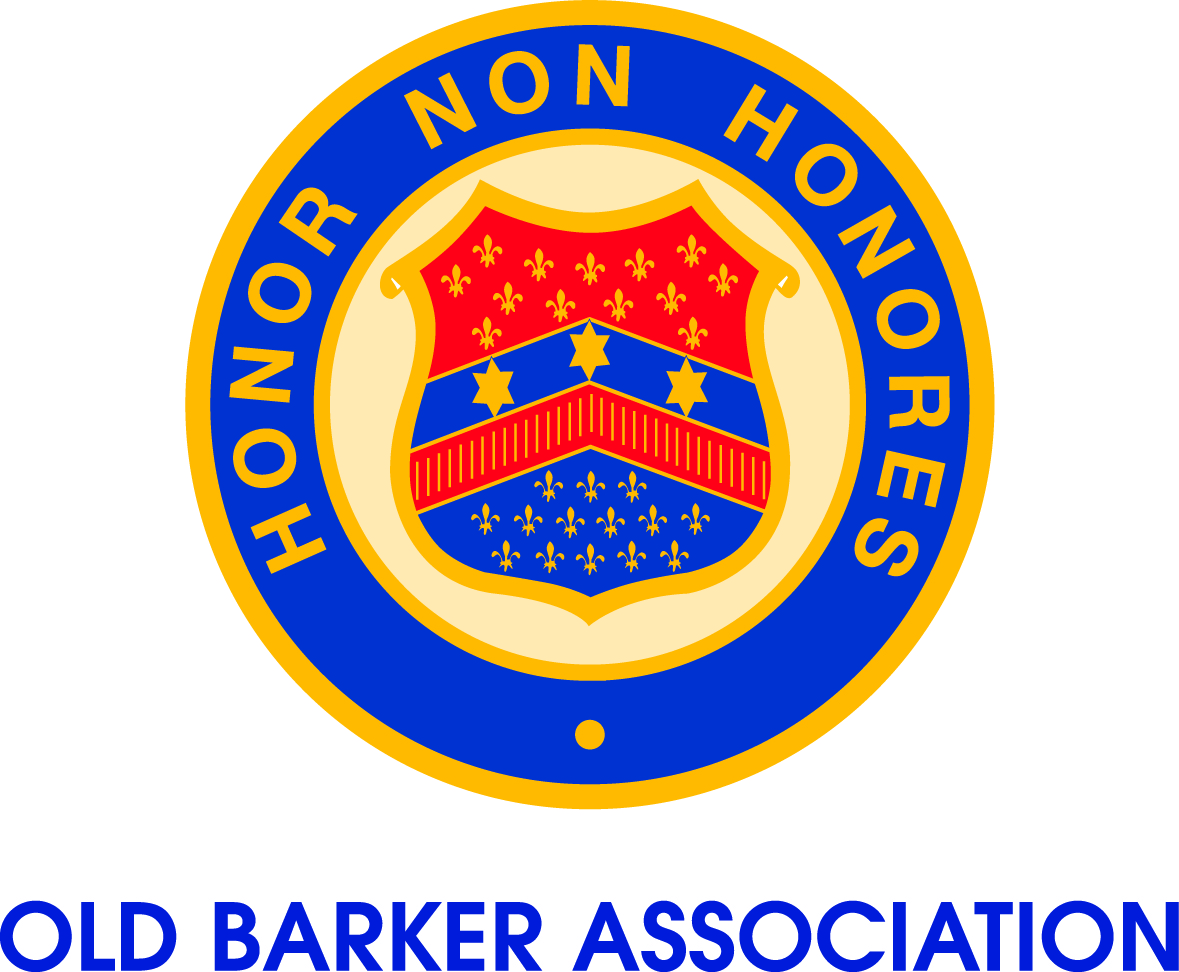
|
Know Your School – Barker’s Christian Heritage
Friday, 20 November 2015
|
|
On 11 November 1918, Barker’s owner and Head, William Carter signed a contract transferring ownership of the School to the Church of England, now the Anglican Church. This week, we therefore look at Barker’s Christian heritage. Barker College has always had a connection to the Anglican Church. As the Rector of St Stephen’s Kurrajong, the School’s first Head, Henry Plume, tutored his first pupils in the rectory of this church. In 1891 when the time came for Plume to name his school, he named it after Frederic Barker, the second Bishop of Sydney. Right from these early days, Divinity was studied by all students and Sunday mornings were spent translating a chapter of the Bible into French. When the Plumes moved Barker College from Kurrajong Heights to Hornsby in 1896, Henry Plume became the Assistant Minister at St Paul’s Wahroonga. His wife, Eleanor, took up the position of Organist and Choir Mistress. In return for their services, the Rector of St Paul’s would come to Barker to take prayers, teach Divinity and prepare students for Confirmation. Furthermore, every Sunday during term time, Barker boarders walked up Peats Ferry Road (now the Pacific Highway) to the church at Pearces Corner to worship with the Abbotsleigh boarders. It is therefore not surprising that in mid-1918, William Carter wrote, “for all intents and purposes, Barker College is a Church of England school.” The transition of Barker College from a privately owned institution to one under the control of the Church of England was seen by Carter as a “very important epoch in its history.” It ensured Barker College would have a secure future, and was thought to be a step towards becoming one of the Great Public Schools of NSW. Additionally, enrolments could increase beyond 125 students and extensive alterations to the grounds would also be possible. Carter remained as the Head of Barker College, whilst the Barker College Council, with the Honourable Francis Boyce as Chairman, was constituted to govern the School. The new formal arrangement with the Church of England ensured the persistence of the Christian ideals and traditions upon which Barker College was founded. The practice of boarders walking up to St Paul’s for Sunday services continued until 1955, after which time the School received permission from the Archbishop to hold services in the Assembly Hall (now Boyce Hall). The opening of the War Memorial Chapel in 1957 was therefore a day of great celebration, as Barker now had a designated space in which to reflect on and worship God. Hubert Dixon was appointed in 1947 as the School’s first Chaplain. He held this position for 34 years, retiring in 1980. Since this time, the appointment of Chaplains to the staff of Barker College has been a priority for the School Council. Crusaders, the student Christian group, first met on campus in the 1930s. The Crusaders’ 1935 annual report highlights the importance of this group to the life of Barker College: “Although the numbers have not been quite so large as last year, we feel that those who do come to the meetings are sincere and are making a definite stand for Christ. Every Sunday afternoon we meet together in the music-room for some hearty singing and a quiet hour learning more about God’s word. During the week prayer-meetings are held, and, in this way, we are able to obtain strength in our witnessing.” There are now three different Crusader groups meeting each week across the Junior, Middle and Senior Schools. Today, although Barker is separately incorporated with its own governing body, it remains under the auspices of the Anglican Church. Christian Studies lessons, Crusaders and weekly Chapel services, encourage students and staff to explore the Christian faith and grow in their knowledge of God. Caption: Rev Hubert Dixon leading a worship service in the Assembly Hall, c1955. |